Week in Review: May 19, 2023
May 22, 2022
Recap & Commentary
Markets ended the week higher, with the S&P 500 briefly reaching a new high for the year, as investors kept a wary eye on debt-ceiling negotiations. Despite several rounds of meetings, talks ended on Friday without any meaningful progress. Nonetheless, equity markets appeared relatively sanguine, as the general expectation remains that a deal will be crafted in time to avert a default. However, as June 1 draws closer, market volatility during this upcoming week will likely become elevated unless a clear plan emerges.
While equity markets appeared willing to take a wait-and-see approach to the debt ceiling talks, bond investors appeared more pessimistic. Yield across nearly the entire Treasury curve rose, with the largest gain being recorded by the 2-Year Treasury yield, which jumped 0.29% to 4.28%. Yields on the 3-Month, 10-Year, and 30-Year Treasuries all rose as well.
Speaking at a conference on Friday, Fed Chair Jay Powell stated that “Having come this far, we can afford to look at the data and the evolving outlook and make careful assessments.” Investors interpreted that, and other comments, to suggest the Fed is prepared to forgo another rate hike at its June meeting, resulting in the elusive “pause” investors have been seeking.
Through Friday, 95% of S&P 500 companies had reported 1Q23 earnings. Thus far, 78% of companies have beaten their earnings estimates. According to industry group FactSet, consolidated earnings growth for the quarter is expected to be -2.2%, better than the -6.7% decline expected at the end of March. Nonetheless it would mark the 2nd consecutive quarter of contraction.
Economic Commentary
April housing starts rose 2.2% from March, but fell by 22.3% from a year ago, as the housing sector continues to struggle to regain its footing after last year’s surge in interest rates. Single-family housing starts were the primary driver of the monthly increase, up 1.6% to a four-month high of 846K.
Existing home sales fell 3.4% in April and were down 23% from a year ago. The median price slipped 1.7% from April 2022 to $389K, the largest annual decline since 2012. Existing home sales have been hampered by a lack of inventory as many current owners are reluctant to give up their current mortgage rate which in many cases is significantly less than the current 30-year average of 6.4%.
April retail sales rose 0.4%, just half of the expected 0.8% gain. Excluding automobiles and gasoline, retails sales jumped 0.6%, better than the 0.2% forecasts. Compared to a year ago, retail sale rose just 1.6%.
Industrial production rose a better than expected 0.5% in April led by a 1.0% increase in manufacturing. Strong gains in the output of motor vehicles and parts drove the manufacturing results.
Weekly jobless claims dropped 22K to 242K after rising to their highest level in a year and a half the prior week.
Of Note
According to S&P global, the average age of a US passenger vehicle is now a record 12.5 years. The increase comes as the average price of a new car has risen ~24% since the pandemic to $48K, while the average cost of a used car has jumped ~40% from the pandemic to $29K.
Market Indices (As of 05/19)
- PCE Inflation
- New Home Sales
- Pending Home Sales
- Durable Good Orders
- Personal Income & Spending
- Consumer Sentiment
- Weekly Jobless Claims













